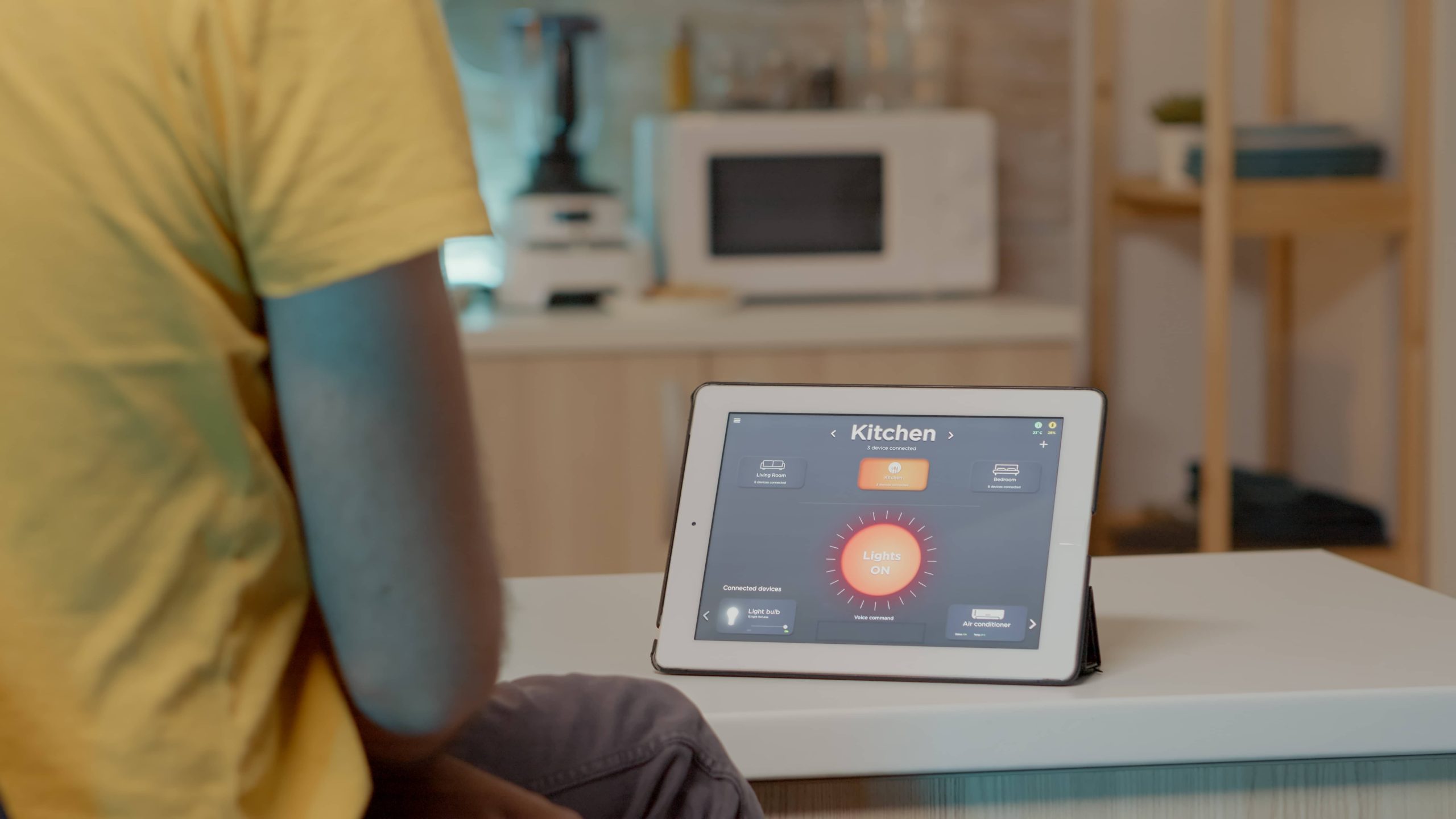
In the age of technology, smart home systems have become an integral part of modern living. They offer convenience, security, and efficiency, transforming our homes into intelligent spaces. However, like any technology, smart home systems can encounter issues. Understanding how to troubleshoot these common problems can save you time, money, and frustration. In this blog post, we’ll explore some of the most frequent issues faced by smart home users and provide practical solutions to address them.
Connectivity Issues
One of the most common problems in smart home systems is connectivity. Devices may lose connection to the network, causing them to become unresponsive. This can be due to several reasons:
1. Wi-Fi Interference: Other electronic devices, such as microwaves or cordless phones, can interfere with your Wi-Fi signal. To mitigate this, try relocating your router or changing the Wi-Fi channel.
2. Distance from Router: If a device is too far from the router, it may struggle to maintain a stable connection. Consider using Wi-Fi extenders or mesh networks to improve coverage.
3. Network Overload: Too many devices connected to the same network can cause congestion. Ensure your router can handle the number of devices in your home, and consider upgrading if necessary.
Device Compatibility
Another issue is device compatibility. Not all smart devices are compatible with each other, which can lead to integration problems. To address this:
1. Check Protocols: Ensure that your devices use compatible communication protocols, such as Zigbee, Z-Wave, or Wi-Fi. Some hubs can bridge different protocols, allowing for better integration.
2. Update Firmware: Manufacturers often release updates to improve compatibility and performance. Regularly check for and install firmware updates for your devices.
3. Use a Unified Platform: Consider using a smart home platform like Google Home, Amazon Alexa, or Apple HomeKit, which can help manage and integrate different devices seamlessly.
Power Supply Problems
Smart devices rely on a stable power supply to function correctly. Power issues can cause devices to malfunction or become unresponsive:
1. Battery Life: For battery-operated devices, ensure the batteries are charged or replaced regularly. Some devices may have a low-battery indicator to alert you.
2. Power Outages: In the event of a power outage, some devices may need to be reset. Check the manufacturer’s instructions for resetting devices after a power loss.
3. Surge Protection: Use surge protectors to safeguard your devices from power surges, which can cause damage or data loss.
Software Glitches
Software glitches can cause smart devices to behave unpredictably. These issues can often be resolved with simple troubleshooting steps:
1. Restart Devices: A simple restart can resolve many software-related issues. Power cycle your devices by turning them off and on again.
2. Factory Reset: If a device continues to malfunction, consider performing a factory reset. This will restore the device to its original settings, but be aware that it will erase any custom configurations.
3. Check for Updates: Ensure that your devices’ software is up to date. Updates often include bug fixes and performance improvements.
Security Concerns
Security is a critical aspect of smart home systems. Vulnerabilities can expose your network to unauthorized access:
1. Change Default Passwords: Always change default passwords on your devices to something strong and unique.
2. Enable Two-Factor Authentication: If available, enable two-factor authentication for an added layer of security.
3. Regularly Update Security Settings: Keep your devices’ security settings up to date and review them regularly to ensure they meet your security needs.
Conclusion
Smart home systems offer numerous benefits, but they are not without their challenges. By understanding and addressing common problems such as connectivity issues, device compatibility, power supply problems, software glitches, and security concerns, you can ensure your smart home operates smoothly and efficiently. Regular maintenance, updates, and a proactive approach to troubleshooting will help you get the most out of your smart home technology. Remember, a well-maintained smart home is a happy home!













